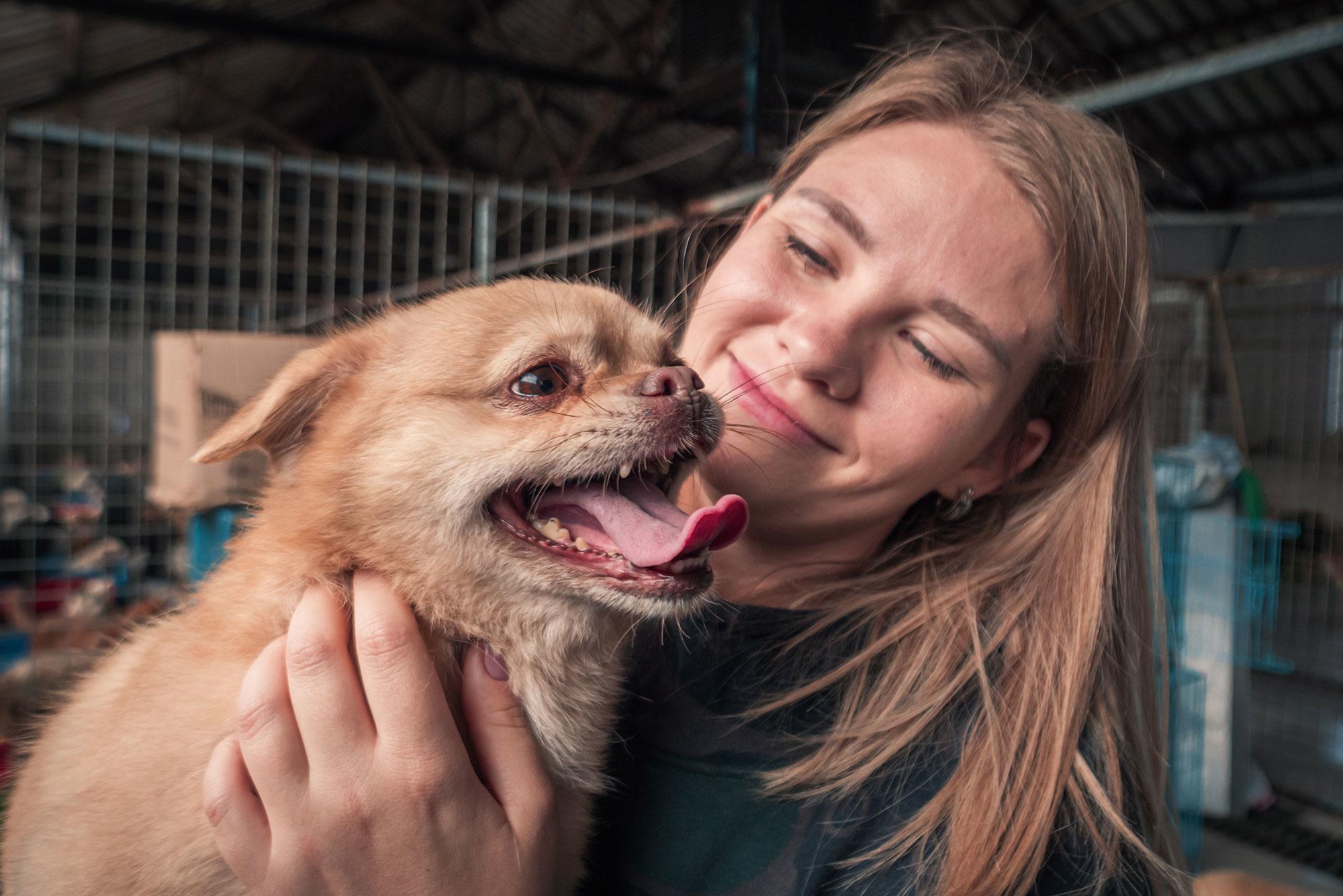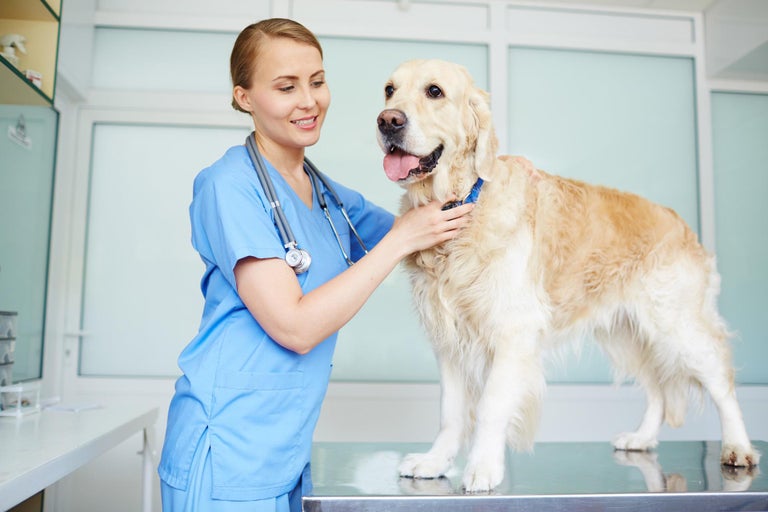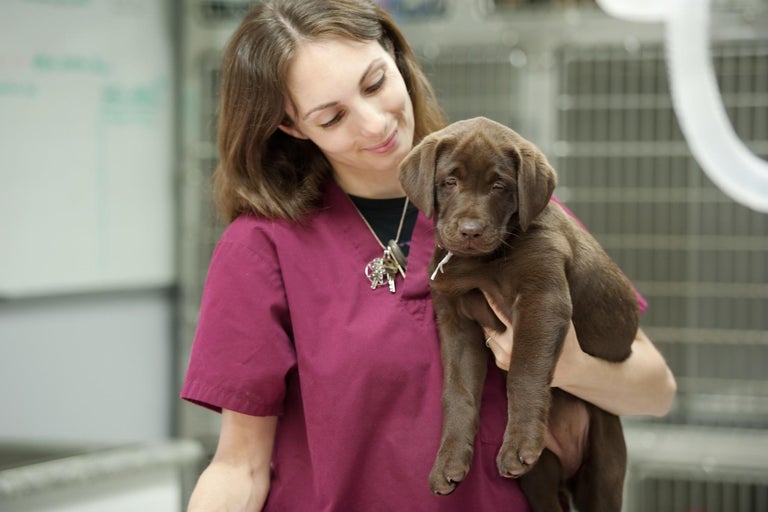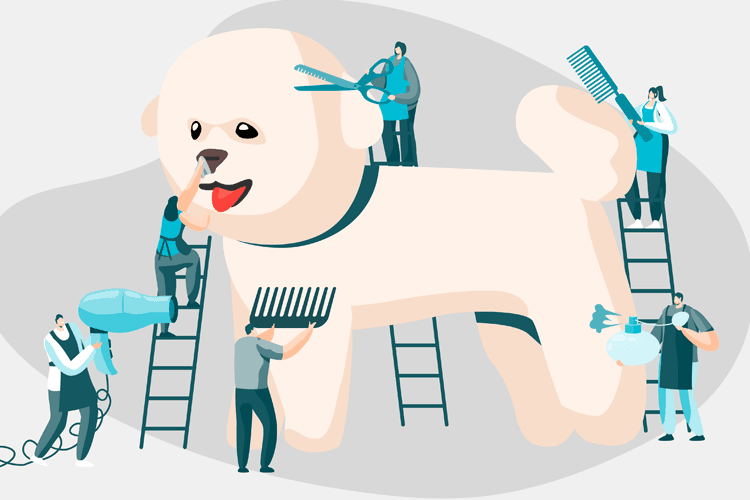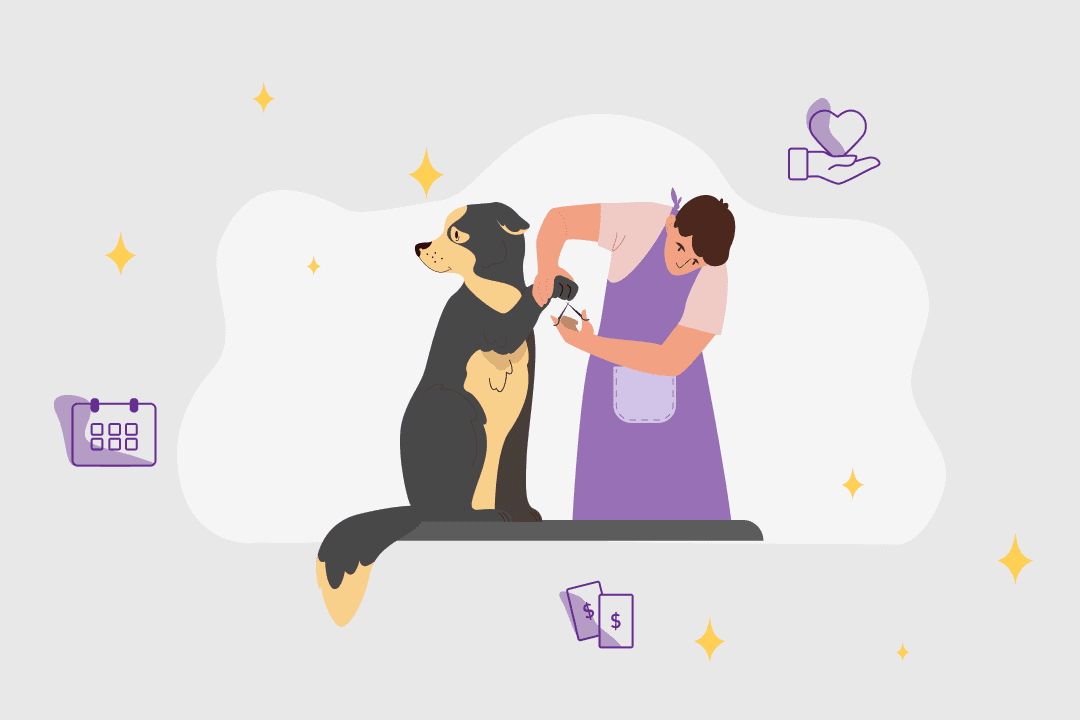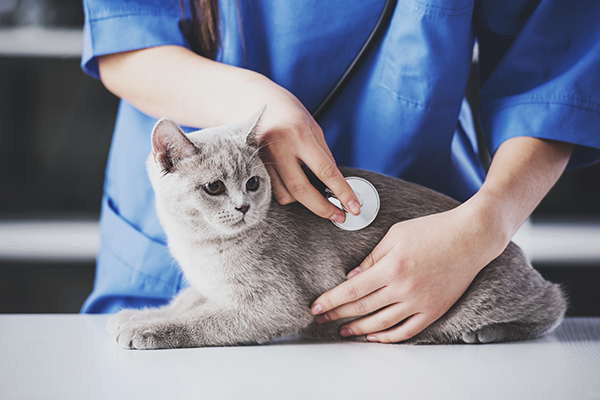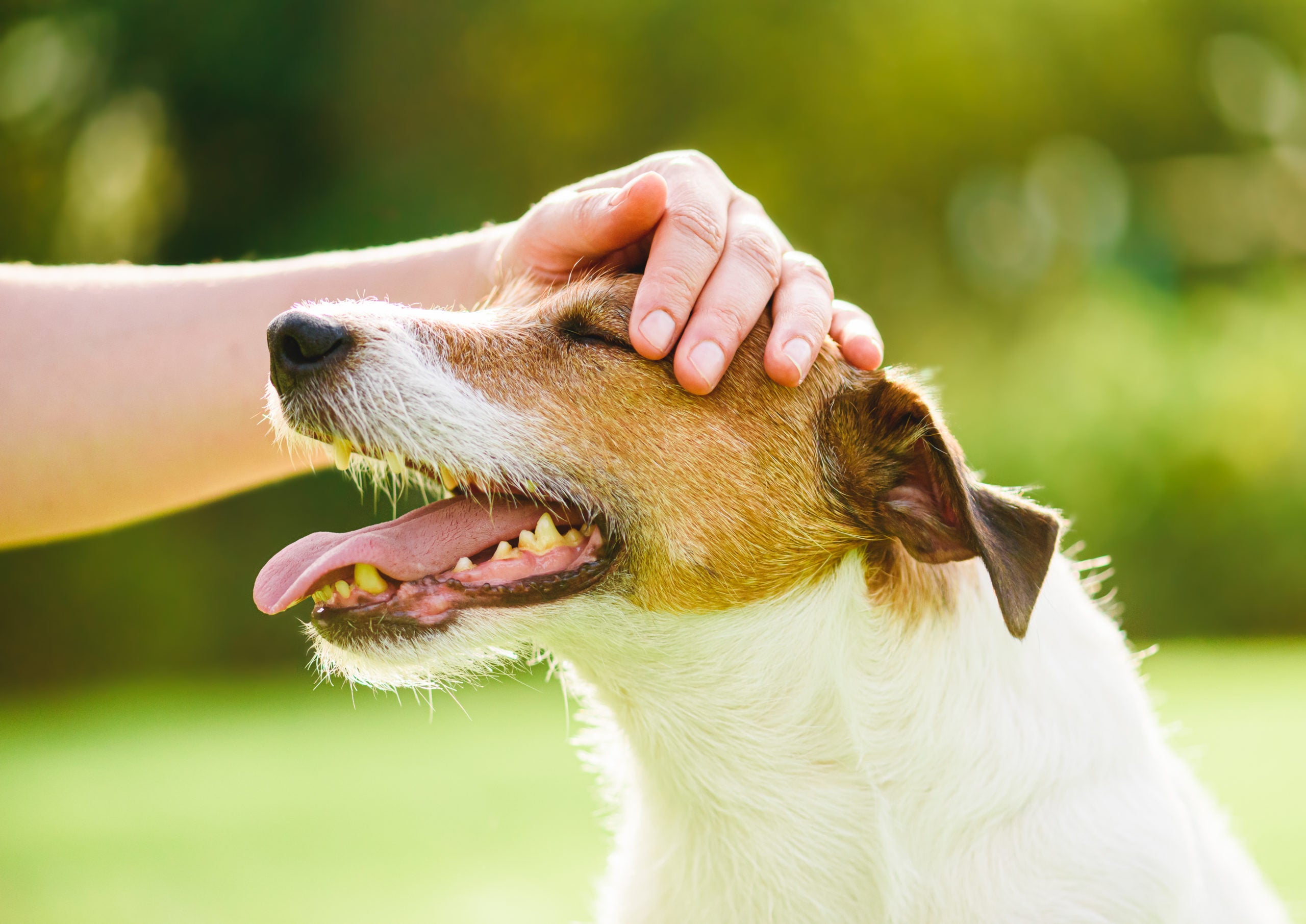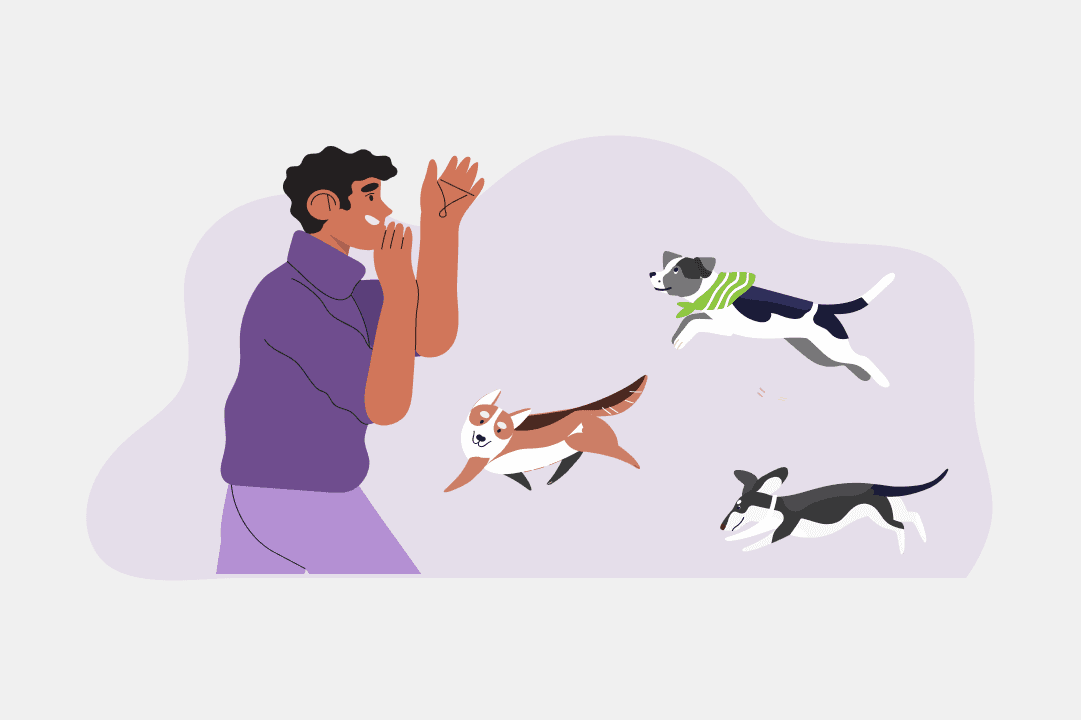Animal attendant job description
Let’s get real. Job information online can often be overly optimistic — conveniently glossing over the raw bits. But when you’re making decisions about your future, you need all the facts.
That’s why we anonymously surveyed animal attendants about their job, with hopes of getting an honest insight into what it’s really like.
While we did our best to ensure respondents were Australians and verified their job titles with proof of employment, we can’t guarantee complete accuracy — or that your experiences in the field will reflect theirs. So, we suggest that you take these insights as a guide only and try to talk to people in the field before making an important decision.
Tasks and responsibilities for an animal attendant
As the name suggests, animal attendants tend to animals in wildlife parks, shelters, and beyond.
An animal attendant’s job description can include:
- Preparing and providing food and water to animals, as well as bedding and comfortable living conditions
- Ensuring animal enclosures, kennels and living areas are clear of animal waste, clean and hygienic
- Washing and performing basic grooming tasks to animals where needed, including the administering of pest control treatments
- Treating minor injuries and ensuring the physical welfare of the animals in your care is met
- Assisting in training animals under supervision where needed
- Assisting veterinarians in the performing of humane euthanasia where necessary
How to become an animal attendant
-
Volunteer
Contact your local RSPCA, cattery, zoo or veterinary clinic and enquire about volunteering. This might put you at the front of mind for traineeships or job opportunities that become available. At the very least, it allows you to gain valuable experience in the industry.
-
Study
Completing a Certificate II or III in Animal Studies with a TAFE or Registered Training Organisation (RTO) is a great way to elevate your skillset and prepare you for an animal care attendant role. Employers look favourably upon individuals who take the time to upskill.
Pathway options
Because animal attendants are required in many workplace settings, opportunities for your career path are aplenty.
From animal shelters to wildlife parks, there are many opportunities to climb the ladder.
Junior
-
Animal shelter attendant
Most common qualification: Certificate III in Animal Studies (ACM30117)
Mid
-
Animal health officer roles in Indigenous communities
Most common qualification: Certificate III in Animal Studies (ACM30117)
-
Animal management officer
Most common qualification: Certificate IV in Animal Facility Management (ACM40221)
-
Animal management officer
Most common qualification: Certificate IV in Animal Facility Management (ACM40221)
-
Wildlife carer
Most common qualification: Certificate IV in Animal Facility Management (ACM40221)
Senior
-
Senior animal attendant
Most common qualification: Certificate III in Animal Studies (ACM30117)
Explore related qualifications
Certificate II in Animal Studies
Subjects include those studied in the Certificate II course with added electives and can provide a pathway to a veterinary nursing career or other animal care roles.
The extra elements covered in this course could be more attractive to a potential employer and propel your career more quickly.
The average duration for a Certificate III in Animal Studies is one year. Study can be completed on campus or online and has flexible learning options.
3 providers offer this course



Related subjects
Jobs that exercise your ability to nurture and care for others come in all shapes and sizes. Other roles in veterinary and animal care are abundant, and there is always a need for empathetic team players in the healthcare industry.
Related articles
If you feel a role as an animal attendant might be for you, you can dive into this catalogue of resources and information on short courses to help you on your way.
Reviews
Reviews are from Australian workers with this job title or a very closely related one.
Is this your job title?
Share your thoughts and help people decide if this job is right for them.
- All
- Positive
- Negative
Bronwyn
Aug 27 2021Working in a positive team environment and helping animals makes my job rewarding.
What are the best parts of the job?
As an animal attendant I've learnt to understand all basic animal care needs and can apply my skills to any animal in other fields of work. I've also gained an understanding of animal behaviour which I again can take into other animal-related fields of work. All while working in a team environment!
What's the most challenging part?
Caring for multiple animals is a team effort, so communication is key. If communication falls short anywhere, it's the animals that suffer the consequences. Understanding multiple communication methods and what works best for your team goes a long way.
Stefano
Aug 28 2021I enjoy being able to help animals everyday.
What are the best parts of the job?
Helping animals — it sounds obvious but this is exactly why I work in animal care. It's rewarding being able to care for so many different animals.
What's the most challenging part?
Having to adapt can be challenging. Sometimes you need to pivot quickly to give an animal the best care.
Lily
Aug 29 2021Enjoy working with all sorts of animals.
What are the best parts of the job?
Getting to work with all kinds of animals means everyday is interesting and different.
What's the most challenging part?
Quick decision making is a key skill in animal care but it can be stressful.
